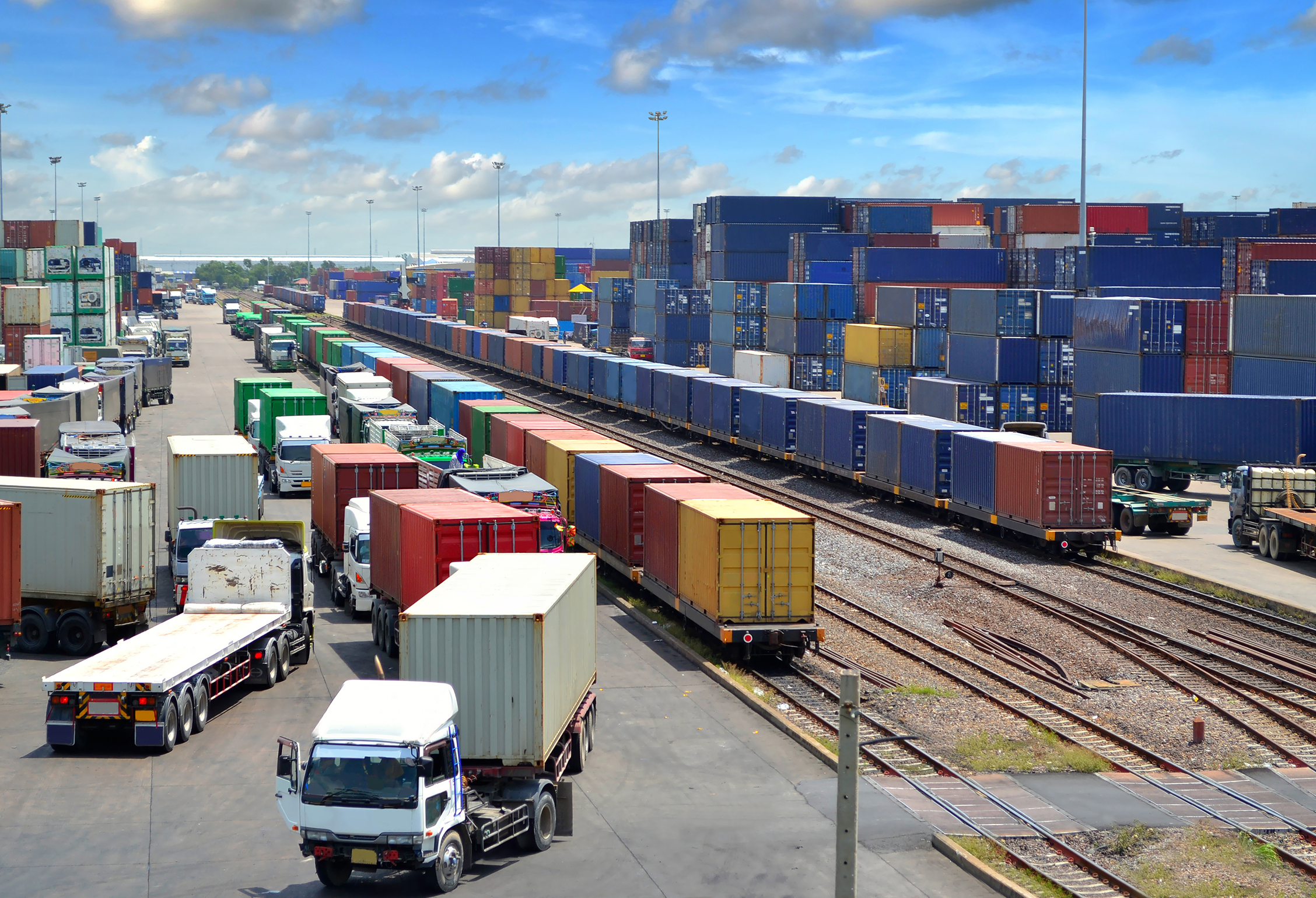With offices and trusted partner facilities strategically placed around the globe, the experts at Stephen Gould can transform your global supply chain and offer unparalleled insight into all manufacturing operations. We provide supply chain services including Sourcing Analysis, Supplier Selection and Onboarding, Procurement Planning, Performance Analysis and Risk Optimization.
Supply chains are the lifeline for businesses. Supply chain optimization refers to a set of processes by which the performance and efficiency of supply chains are evaluated and improved over time. Optimization is based on key performance indicators including total operating expenses and gross margin return on inventory invested. The goal is to maximize profits by delivering products to customers at the lowest possible cost.
Nearly 80% of companies implement supply chain optimization techniques. For many companies, supply chain optimization is a crucial competitive advantage and key to their long-term growth objectives. As ecommerce continues to grow and shape consumer expectations, an efficient supply chain is essential to offering a quality shopping and post-purchase experience.
This guide provides an overview of supply chain optimization best practices and the benefits of investing in these key upgrades.
Benefits of Supply Chain Optimization
Optimized supply chains allow you to adapt to challenges and fluctuations in consumer demand without steep increases in cost, leading to numerous benefits throughout your business.
Here are some ways that supply chain optimization can positively impact an organization:
Improved inventory management: Keeping close tabs on inventory is essential to meeting demand and reducing costs. Optimizing inventory management prevents products from being out-of-stock for long periods of time, as well as reducing the amount of excess inventory sitting in storage
Better order fulfillment: Efficient and effective delivery is key to customer satisfaction. Fulfillment can often be improved significantly by identifying better delivery and transportation options.
Optimal decision-making: Improved analytics helps reveal opportunities for greater cost savings and more streamlined operations so you can choose the best path forward.
Reduced operating costs: Examining areas like planning, team management, sourcing, transportation, and last mile delivery often reveal opportunities for additional savings.
Enhanced customer service: Reliable, on-time deliveries lead to fewer returns and reduced customer service costs.
Better supplier relationships: Streamlined supply chains are often the result of close collaboration with key suppliers that make it possible to reduce inventory, accelerate fulfillment, and ensure product availability.


